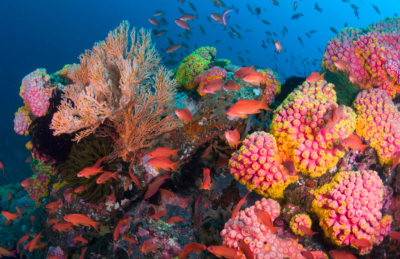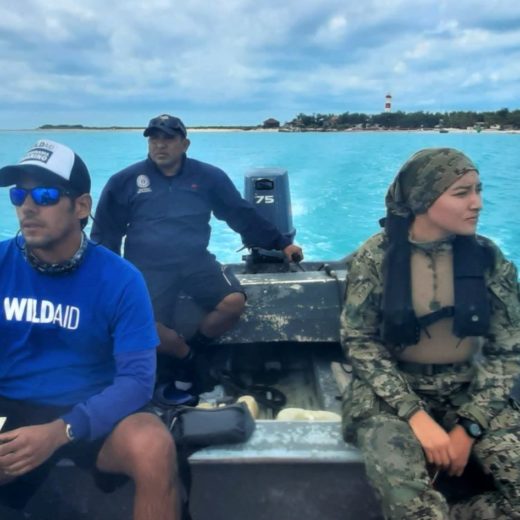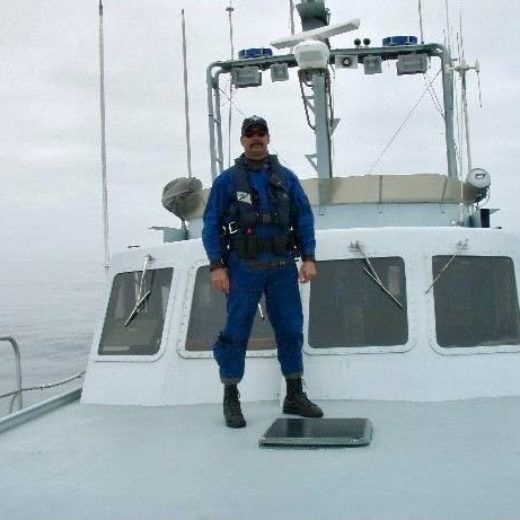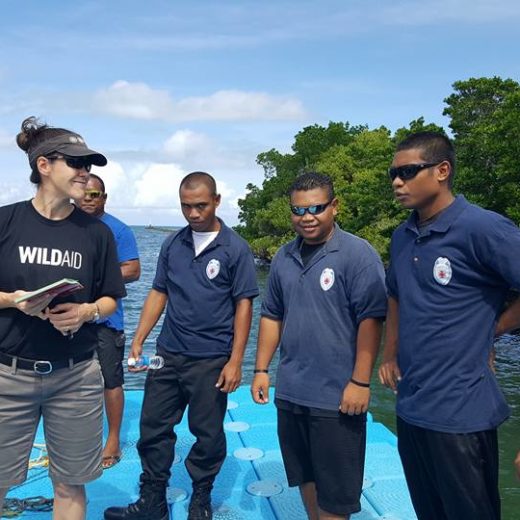
It’s no secret that coral reefs around the world have been experiencing more frequent and intense coral bleaching events. What is curious though, is that some corals seem to be thriving.
Coral reefs provide food and shelter for 25% of the world’s marine species and they support fish stocks that feed more than one billion people around the world. According to The New York Times, they provide jobs for “an estimated 30 million small-scale fishermen and women [who] depend on reefs for their livelihoods” and their loss could become a humanitarian crisis.
According to Scientific American, “Unchecked coastal development pollutes reefs; illegal, unreported, and unmonitored fishing depletes them; carbon dioxide emissions inhibit their ability to grow; and historic ocean warming has in recent years caused back-to-back bleaching events that threatened reefs worldwide, including potentially as much as half of the Great Barrier Reef’s northern corals.”
It’s not all bad news. Some reefs around the world are thriving despite increasing sea surface temperature and ocean acidification. Scientists at Scripps Institution of Oceanography are documenting reefs from 100 islands to determine what makes these corals different from others and how we can potentially use these resilient corals to save others.
Although the study is just getting started, scientists have already made some preliminary findings, mainly that local reefs with good water quality and healthy fisheries are more likely to recover quickly from bleaching.
This reinforces findings from the World Resources Institute, which stated that reducing local pressures can increase reef resilience. The Scripps findings are also great news for corals in areas with fisheries management regulations in place, such as those housed in marine protected areas.
Marine protected areas are a great tool for creating healthy fisheries and protecting coral reefs, but only when managed effectively. WildAid works with partners to increase coral reef resilience by making sure that marine protected areas fulfill their conservation potential and can thus help create healthy fisheries and thriving oceans.
You can help coral reefs by taking small actions to protect them or support WildAid’s marine program. Learn more about WildAid’s work in Palau, Indonesia, and coastal Ecuador’s coral reef habitats.
Stay in touch and get the latest WildAid updates.
SIGN UPAbout WildAid
WildAid is a non-profit organization with a mission to protect wildlife from illegal trade and other imminent threats. While most wildlife conservation groups focus on protecting animals from poaching, WildAid primarily works to reduce global consumption of wildlife products such as elephant ivory, rhino horn and shark fin soup. With an unrivaled portfolio of celebrity ambassadors and a global network of media partners, WildAid leverages more than $308 million in annual pro-bono media support with a simple message: When the Buying Stops, the Killing Can Too.
Journalists on deadline may email communications@wildaid.org


